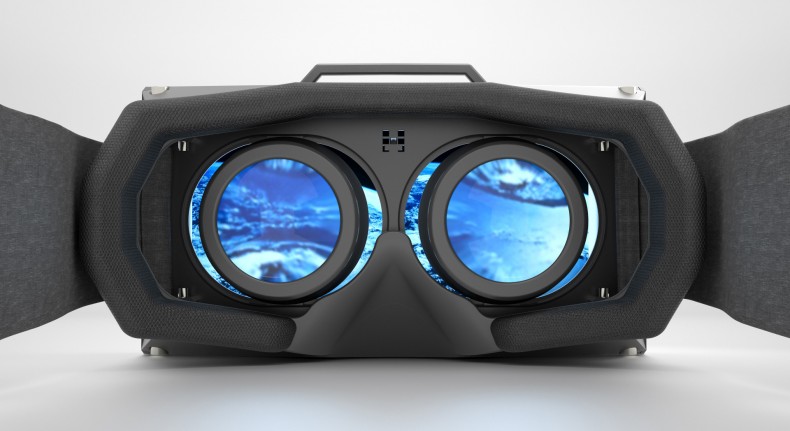
DNA has been the most fascinating part of genetics in organisms. But now,
scientists are Building tiny figures with DNA. Due to the new technology scientists
have available, they have used 3D printers to craft DNA into almost anything you
could imagine. This new material of DNA is called a nanostructure which forms
DNA into any object from 2D sheets to even more complex models like stars and
smiley faces. But before taking the artwork to the printer they first have to design it
from scratch. To develop a design they use the art of DNA origami. For example,to
form a bunny, they first used 3d software to create meshes which are the shapes
that form to make the bunny. After they connected the meshes through an
algorithm they developed, they had one final step: making sure the staple-a
long DNA strand that holds other strands together in key areas and allows those
selected DNA strands to self assemble). It's a long process to create just one of
these DNA figures, and every time a new one comes out it's a masterpiece in the
field of science.
Q1How has this changed your view of the uses of DNA?
Q2If you had a chance to design a nanostructure (like the bunny) what would you
like to create and why?
http://www.sciencefriday.com/blogs/08/26/2015/pictureoftheweekdnabunny.html?series=31






